Harnessing Emotional Intelligence in AI: Enhancing Blockchain Interactions
 Noor
NoorTable of contents
- What is Emotional Intelligence in AI?
- How Emotional Intelligence Enhances User Engagement
- The Role of Emotional Intelligence in AI:
- Blockchain's Current Limitations:
- Integrating Emotional Intelligence with Blockchain:
- Case Studies and Real-World Applications:
- Exciting Applications of Emotional Intelligence in Blockchain
- The Technology Behind Emotional AI
- Future Implications:
- Conclusion:
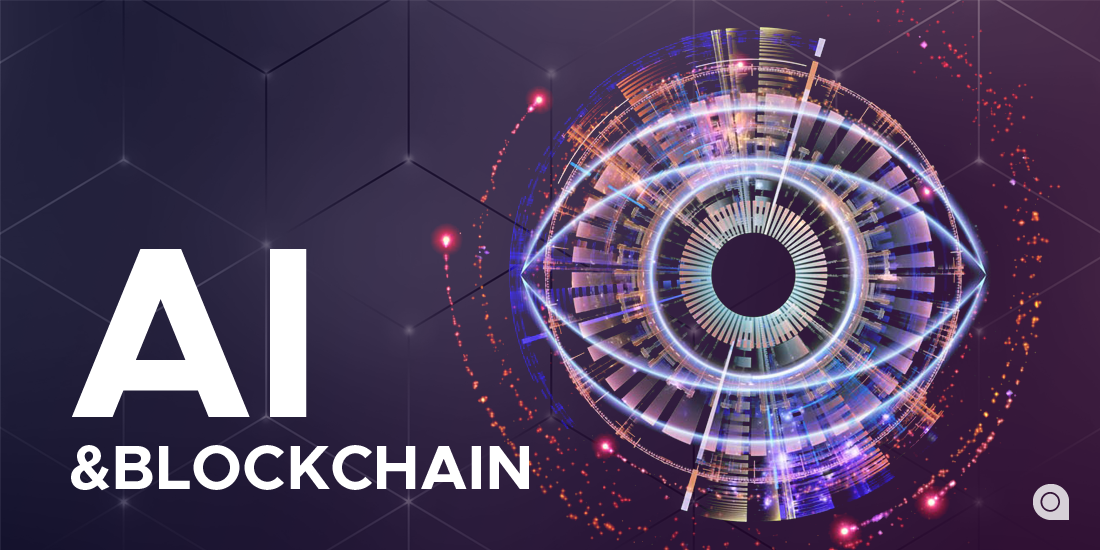
Overview: In today’s digital era, technology has evolved to a stage where artificial intelligence (AI) can not only execute complex tasks but also recognize and respond to human emotions—a capability known as Emotional Intelligence (EI). When Emotional Intelligence (EI) is integrated into AI systems, it can significantly enhance our interactions with technology, and blockchain applications creating experiences that are more personalized, empathetic, and user-friendly. This is especially important in blockchain applications, like decentralized finance (DeFi), where the technology can often feel cold and complicated. By understanding and responding to human emotions, AI can make these platforms more intuitive and user-friendly interfaces accessible to everyone. This article explores how emotional intelligence can enhance user experiences in blockchain, the challenges faced by AI-integrated blockchain, and how these two fields can work together for a better future.
What is Emotional Intelligence in AI?
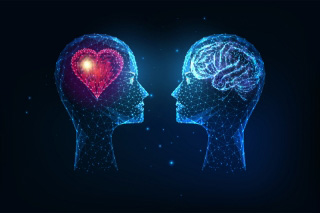
Emotional intelligence in AI refers to the ability of machines to recognize, understand, and respond to human emotions. This capability is vital for creating meaningful interactions between users and technology. By using advanced tools like machine learning and natural language processing (NLP), emotionally aware AI can analyze how users feel and adjust their responses accordingly. This leads to better engagement and satisfaction.
How Emotional Intelligence Enhances User Engagement
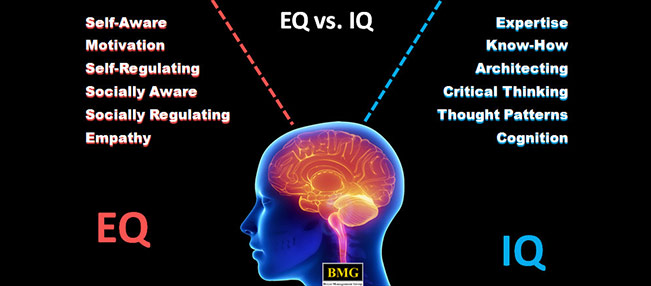
Emotionally intelligent AI can significantly improve how users interact with technology. For example, a customer support chatbot that detects frustration in a user's message can respond with empathy, offering personalized solutions instead of generic replies. This not only enhances the user experience but also builds trust and loyalty.
The Role of Emotional Intelligence in AI:
Defining Emotional Intelligence in AI:
Think of emotional intelligence in AI as a machine's ability to recognize, interpret, and respond to human emotions whether you're happy, sad, frustrated, or excited, and then respond in a way that appropriately matches your mood. For example, if you’re feeling overwhelmed while using a financial app, an emotionally intelligent AI could offer simpler options or more supportive messages to help you through the process. By leveraging advanced technologies such as machine learning and natural language processing (NLP), emotionally aware AI can analyze user sentiment and adapt its responses accordingly, leading to improved engagement and satisfaction.
- In the context of blockchain, a technology that allows for secure and transparent transactions without a middleman, having an AI that understands your emotions can make navigating these complex systems easier. For instance, a blockchain-based app could detect frustration in your voice or text and offer to simplify the instructions or provide extra help, much like how customer service representatives try to calm frustrated customers. According to MIT Technology Review, emotionally intelligent AI systems can be crucial in creating more human-like interactions.
Enhancing Decision-Making and Engagement:
Emotionally intelligent AI systems can enhance decision-making processes by offering tailored suggestions based on a user's emotional state. Imagine you’re using a financial app that is based on blockchain technology. You’re trying to decide whether to invest in a particular asset but you feel uncertain. An AI that understands your hesitation could provide reassuring information, show you successful case studies, or suggest smaller investment options to ease your concerns and foster trust and loyalty.
This level of personalization not only makes the process smoother but also keeps you engaged. When technology “understands” you, you’re more likely to feel comfortable and confident using it, which leads to better decisions, more positive outcomes in blockchain applications, and a more satisfying experience. A study by IEEE Xplore highlights how emotionally adaptive systems can enhance decision-making in complex environments.
Blockchain's Current Limitations:
Complexity and User Frustration:
Despite its potential, to offer secure, decentralized systems for everything from financial transactions to voting systems, Blockchain technology faces several challenges that hinder user adoption. However, it can also be very complex, especially for newcomers and the overall learning curve can be daunting. The technical jargon, the need to understand cryptographic keys, and the lack of personalized experiences exacerbate these issues, as users often feel disconnected from the technology.
For example, if you’ve ever tried to set up a cryptocurrency wallet, you might have found the process confusing or intimidating. This complexity often leads to frustration, especially when users feel they’re not getting the help they need. As a result, some people may give up on using blockchain-based services altogether. Research from CoinDesk shows that complexity is one of the key barriers to broader blockchain adoption.
Barriers to Broader Adoption:
One of the biggest barriers to more people using blockchain technology is that it often feels impersonal and difficult to navigate. Traditional apps and services usually come with customer support teams that can guide you through problems, but in the decentralized world of blockchain, this kind of support is limited. Without intuitive interfaces and responsive systems, potential users may abandon blockchain applications, and miss out on the benefits blockchain can offer.
For instance, think how easy it is to use a social media app compared to a DeFi platform. Social media apps are designed to be intuitive and responsive to your needs, while DeFi platforms can seem rigid and unwelcoming. According to a report by Deloitte Insights, this lack of user-centric design is a significant obstacle in expanding blockchain’s reach. Addressing these issues is crucial for increasing adoption and engagement in the blockchain space.
Integrating Emotional Intelligence with Blockchain:
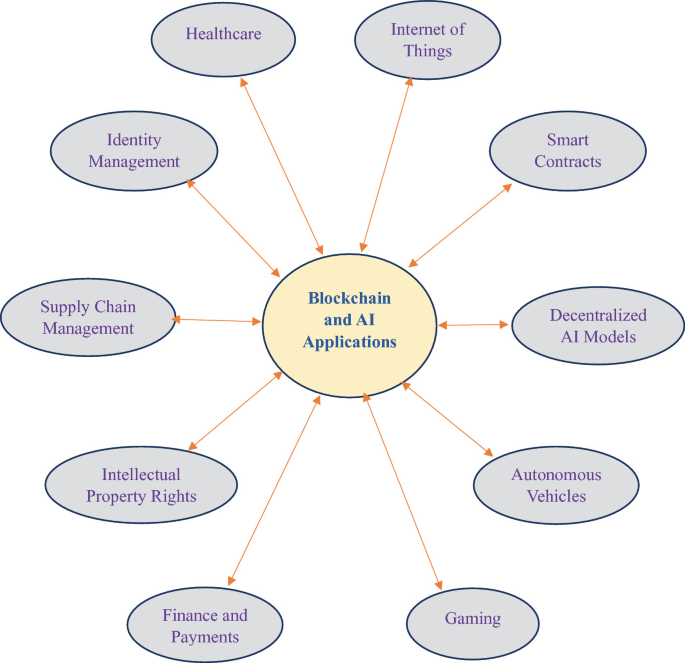
AI-Driven Sentiment Analysis:
Here’s where emotional intelligence in AI can make a big difference. AI can play a pivotal role in making blockchain platforms more accessible by analyzing user sentiment and adapting interactions accordingly. For example, smart contracts could be designed to adjust terms based on user emotions, creating a more personalized experience. Additionally, customer support bots equipped with emotional intelligence can better understand user frustrations and provide empathetic assistance. It interacts with you in real-time. If you’re interacting with a blockchain-based customer support bot with EI and it detects frustration in your messages, it could respond with more empathy and offer additional help, just like a human support agent would, as seen in platforms like Affectiva, which specializes in emotion AI.
A real-life example of this can be seen in how companies like Amazon use AI to manage customer support. If you contact Amazon about a missing package, the AI could detect frustration in your tone and prioritize resolving the issue quickly, potentially offering a discount or credit as a goodwill gesture.
Smart Contracts and User Sentiment:
Smart contracts are a fundamental part of blockchain technology. They are self-executing contracts where the terms are directly written into code. Imagine if these smart contracts could adjust based on your emotions, creating more flexible and user-centered agreements. For instance, if you’re entering into a contract for a loan on a DeFi platform and the AI detects that you’re nervous or hesitant, it could adjust the terms slightly, maybe by offering a more flexible repayment plan. This could transform how users interact with DeFi platforms, making them more accessible and responsive to individual needs.
This could be similar to how banks offer different loan packages based on a customer’s profile, but with the added nuance of understanding and responding to the customer’s emotional state in real time. Such adaptability could make smart contracts more user-friendly and accessible to a broader audience. Ongoing research by ConsenSys explores adaptive smart contract frameworks that could bring this vision closer to reality.
Case Studies and Real-World Applications:
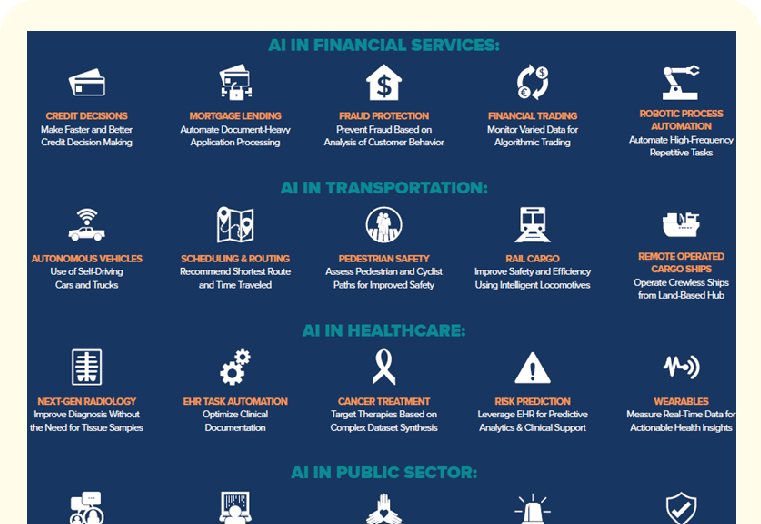
Successful Integrations:
Some companies are already making strides in combining AI emotional intelligence with blockchain. For example, Endor uses AI to provide predictive analytics that considers user sentiment, enhancing the decision-making process for businesses. This enables businesses to make better decisions by understanding not only the data but also the emotional context behind it.
Another example is the rise of AI-driven financial advisors who can provide personalized advice based on your financial habits and emotional responses. These advisors can be particularly useful in blockchain-based finance, where the stakes are high, and users need all the guidance they can get.
Industry-Specific Benefits:
In healthcare, emotionally intelligent AI can enhance patient care by providing compassionate interactions. For example, a blockchain-based healthcare platform could use AI to assess a patient’s emotional state and adjust the level of information they provide, ensuring the patient doesn’t feel overwhelmed.
In finance, AI with emotional intelligence could improve customer service and satisfaction by understanding a client’s stress or anxiety and providing more tailored and reassuring support. A report from McKinsey & Company outlines how emotional AI is reshaping customer experiences across various industries, including finance and healthcare.
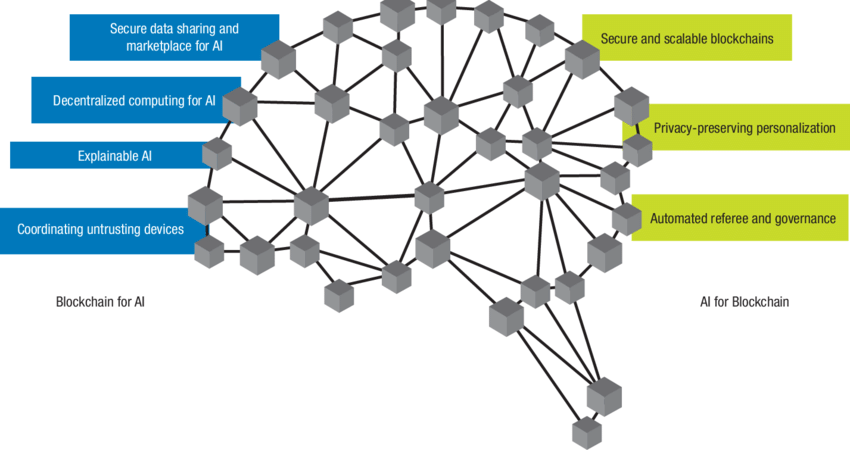
Exciting Applications of Emotional Intelligence in Blockchain

Customer Support Bots: AI-driven chatbots that recognize emotional cues can provide tailored support, enhancing user satisfaction and retention.
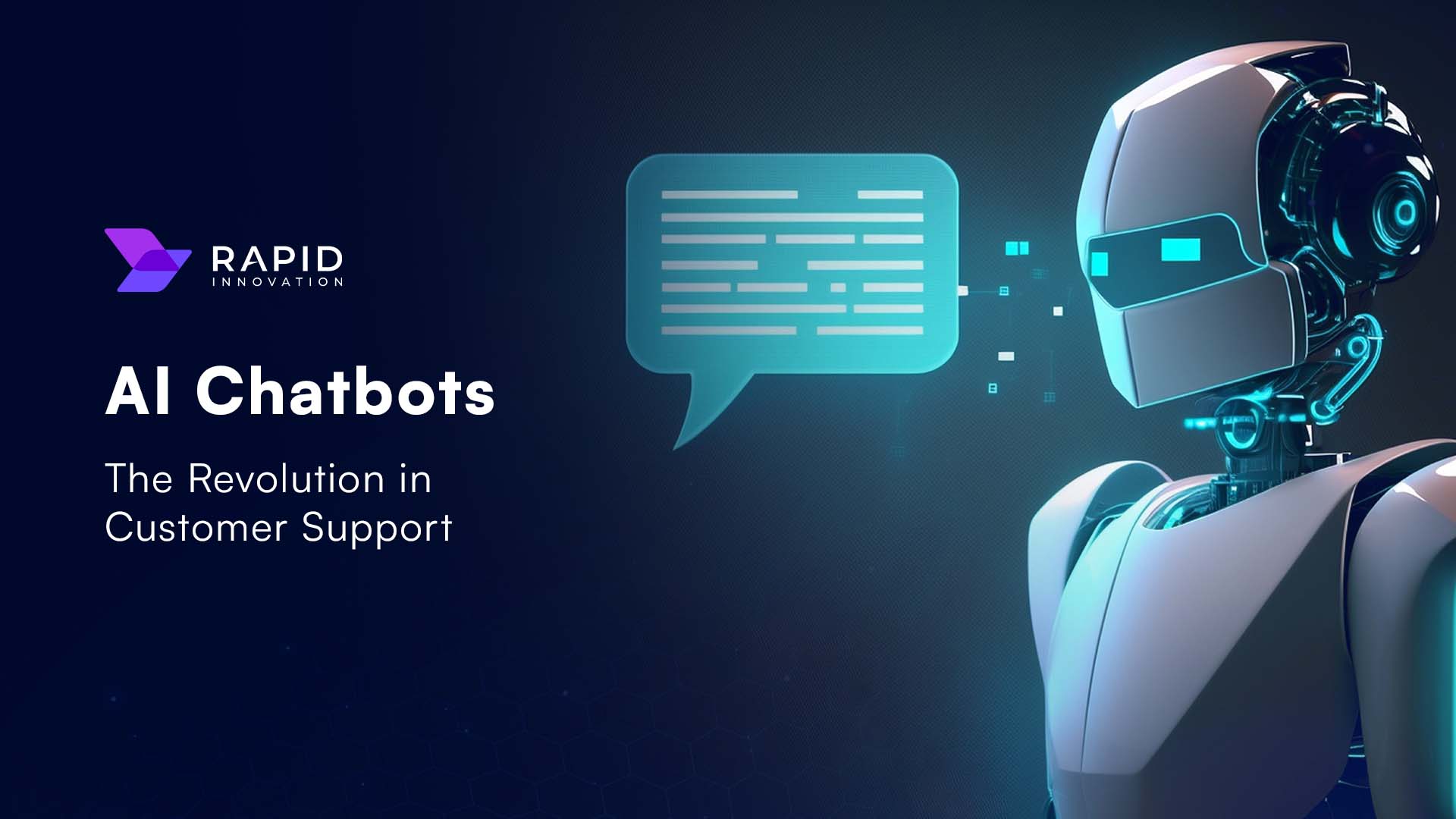
Smart Contracts: By integrating emotional intelligence, smart contracts could adjust their terms based on user sentiment, ensuring fairness and consideration of emotions.
User Interfaces: Emotionally aware interfaces can change their design and functionality based on user mood, creating a more engaging environment.
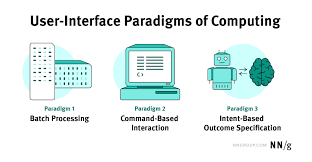
The Technology Behind Emotional AI
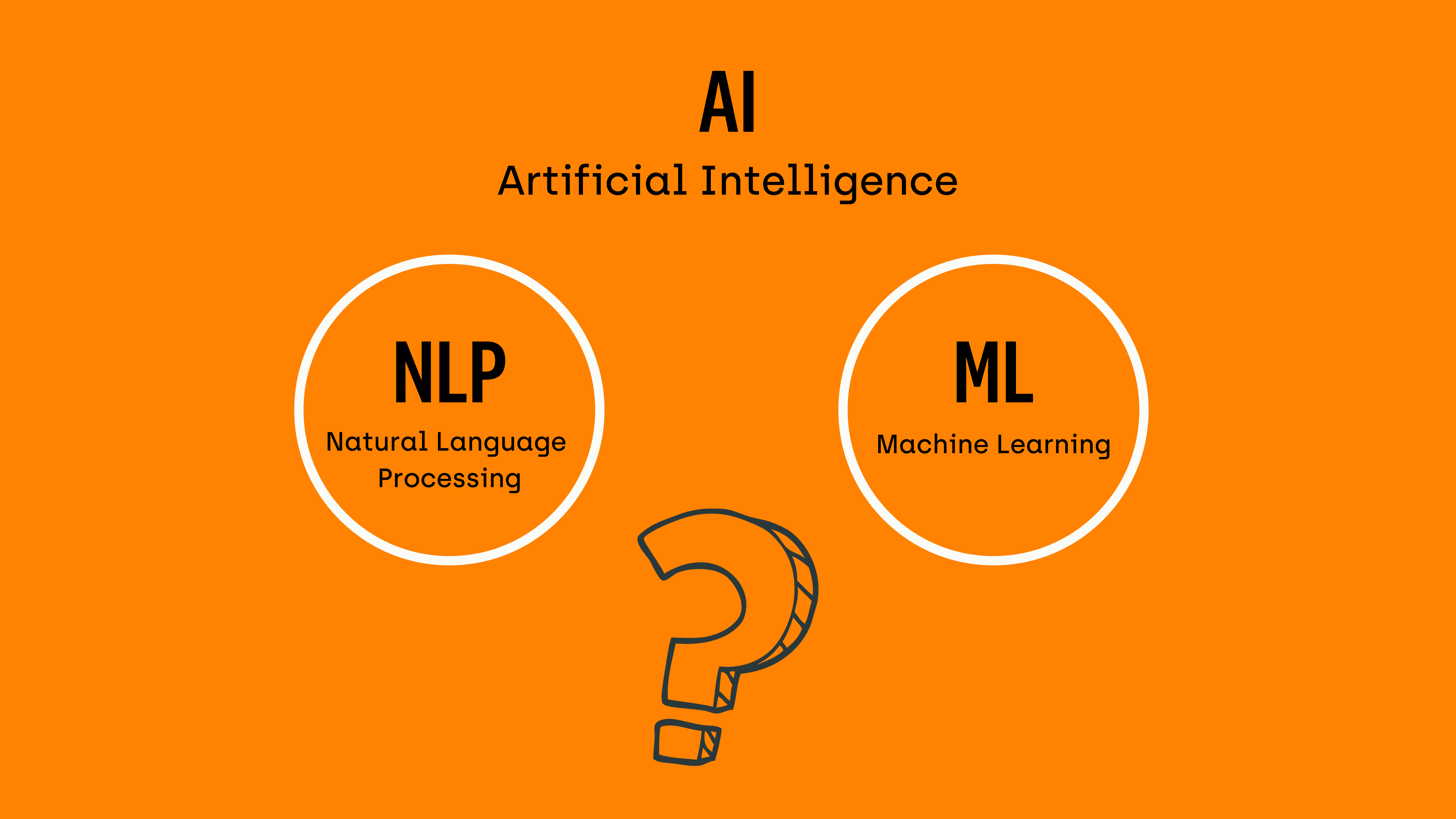
Emotional AI relies on a variety of advanced technologies to function effectively:
Machine Learning (ML): ML algorithms are used to analyze vast amounts of data and identify patterns in human emotional responses.
Natural Language Processing (NLP): NLP enables AI systems to understand and interpret human language, including emotional subtleties.
Computer Vision: This technology allows AI to recognize and analyze emotional cues from visual inputs, such as facial expressions.
Affective Computing: Affective computing focuses on developing systems that can recognize, interpret, process, and simulate human emotions.
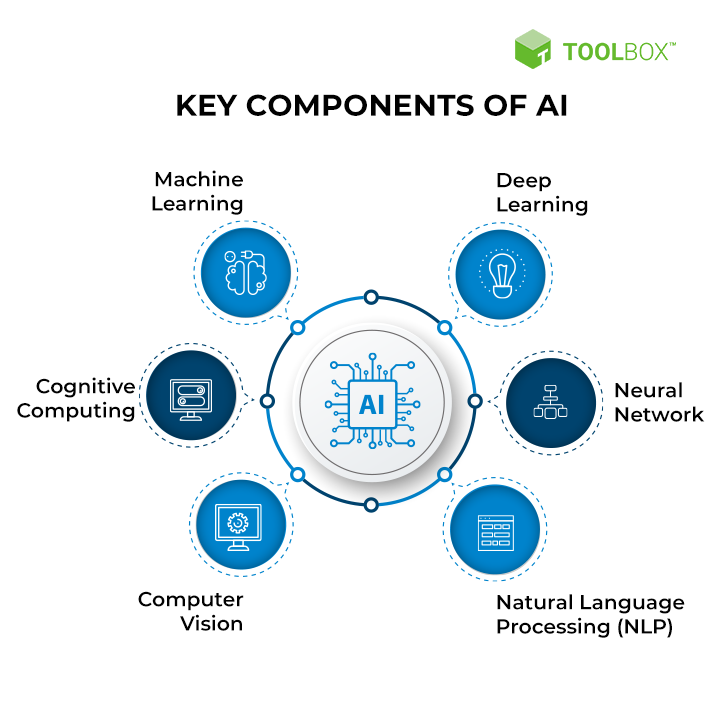
Future Implications:
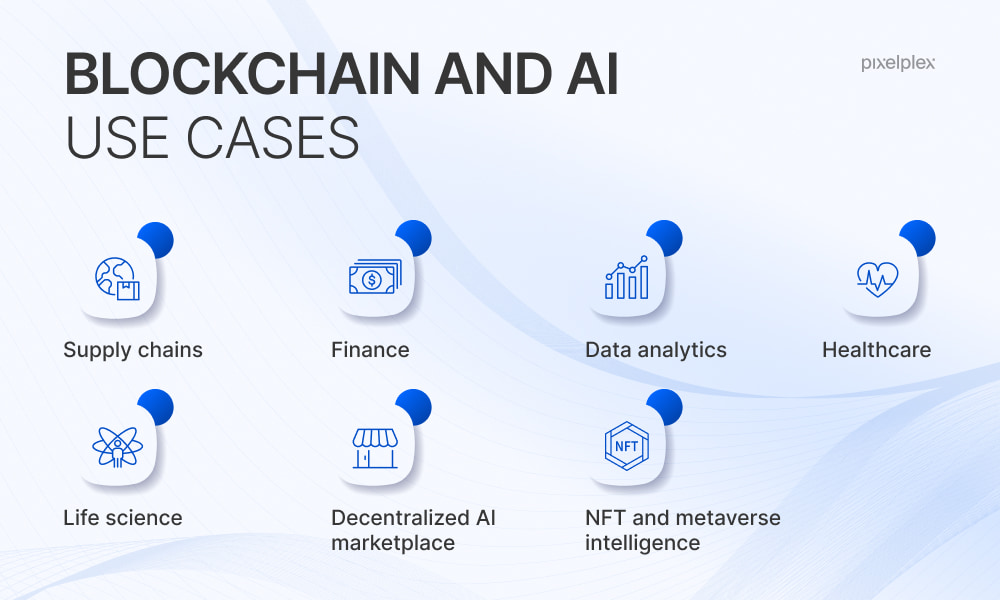
Advancing AI and Blockchain Integration:
The future of emotional AI looks promising as technology continues to evolve. Advances in machine learning, natural language processing, and computer vision will further enhance the accuracy and capabilities of emotional AI systems. We can expect more sophisticated applications that seamlessly integrate with various aspects of our lives, making interactions with technology more intuitive and emotionally aware. Emotional AI stands at the intersection of technology and human emotion, poised to impact multiple industries significantly. By fostering more empathetic and personalized interactions, emotional AI can enhance user experiences and improve outcomes in healthcare, customer service, personal development, and beyond. As this technology progresses, its integration into everyday applications will become more seamless and widespread, ushering in a new era of emotionally intelligent machines.
As AI continues to evolve, it will become increasingly capable of delivering personalized, empathetic, and user-friendly experiences, which will only improve, potentially transforming how we interact with technology daily. The World Economic Forum suggests that these advancements could lead to safer and more economical blockchain applications, making them more accessible to everyone.
Challenges and Ethical Considerations:
As we integrate emotional intelligence into AI, it’s crucial to address ethical concerns, particularly around privacy and user trust. For instance, how do we ensure that AI systems respect our privacy while using our emotional data? How do we prevent misuse of this technology?
Privacy: Protecting user data and privacy is crucial as emotional AI systems collect and process sensitive information.
Bias: Developers must be mindful of potential biases in the data used to train emotional AI models, as these biases can lead to unfair treatment or discrimination.
Transparency: The decision-making process of emotional AI systems should be transparent and explainable to maintain user trust and accountability.
Ethical Standards: Establishing clear ethical guidelines and frameworks for the development and deployment of emotional AI is essential to prevent misuse or unintended consequences.
- These concerns are not just theoretical. Ensuring transparency and safeguarding user data will be essential to maintaining confidence in these advanced systems. In practice, companies will need to be transparent about how they use AI and emotional intelligence, and they must prioritize the security of user data. The AI Ethics Lab provides valuable insights on navigating these challenges, emphasizing the need for ethical guidelines that protect users while allowing innovation to flourish.
Conclusion:
The fusion of emotional intelligence with AI and blockchain technology marks a major leap in how we interact with digital systems while highlighting the critical role of the human touch in these interactions. By addressing the current limitations of blockchain technology and integrating emotionally aware systems, we can create more intuitive and engaging platforms. This approach has the potential, to drive wider adoption of blockchain platforms, making them accessible and beneficial to a broader audience. As we continue to explore these possibilities, it’s crucial to keep the human element at the forefront, ensuring that these advanced systems serve us in the most meaningful and ethical ways.
Subscribe to my newsletter
Read articles from Noor directly inside your inbox. Subscribe to the newsletter, and don't miss out.
Written by
